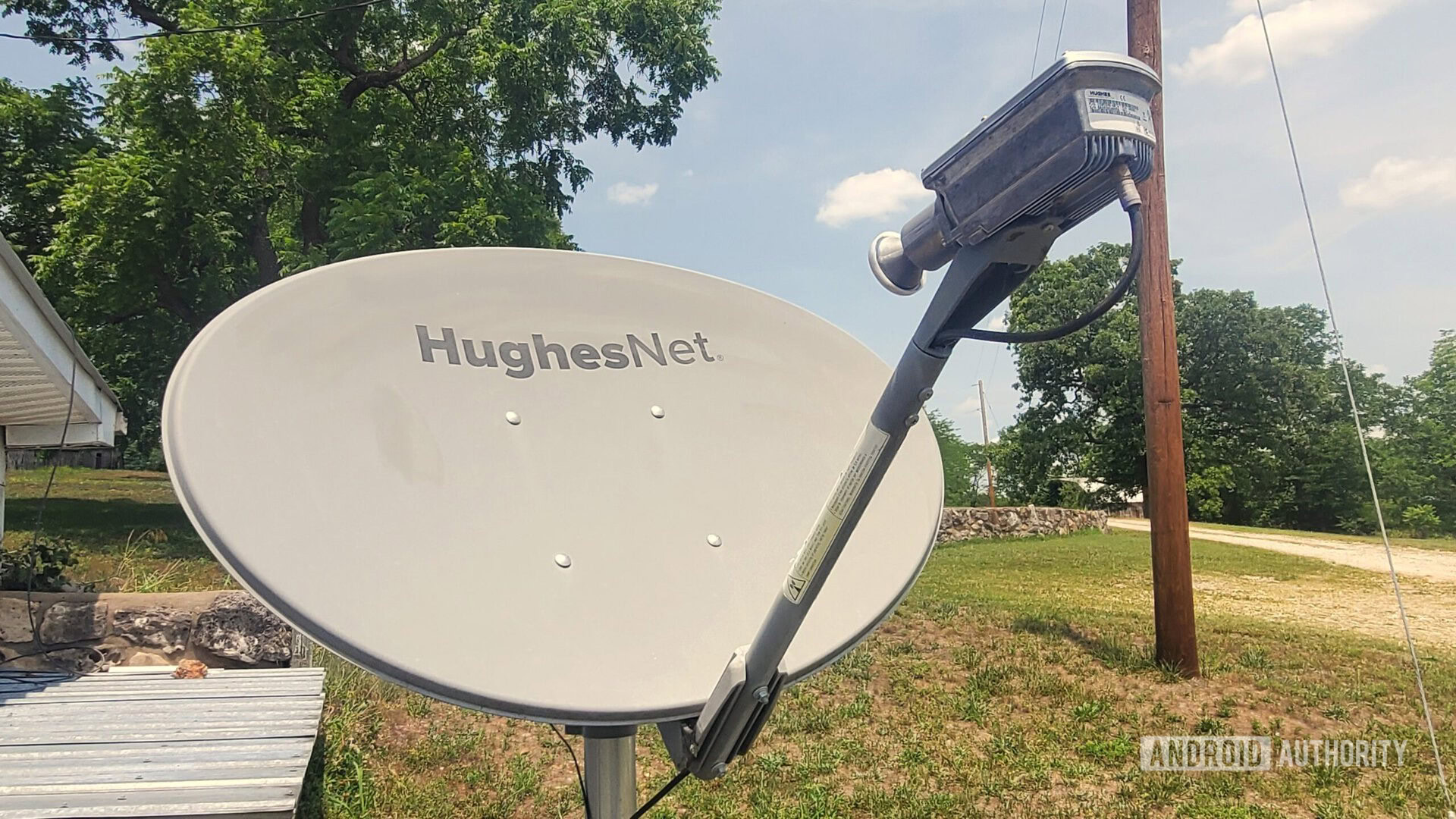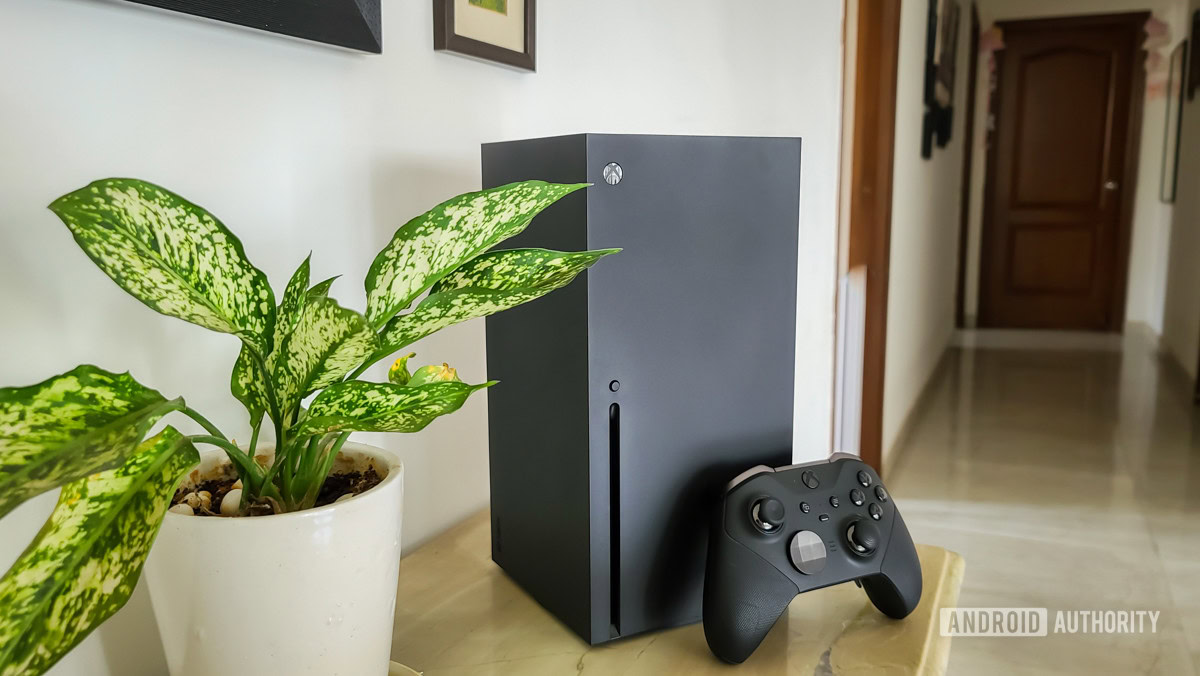Affiliate links on Android Authority may earn us a commission. Learn more.
What is network latency and how important is it for enjoying online activities?

Recently I’ve been writing a lot about satellite internet providers and Starlink. This has inevitably brought up discussions about latency. Still, what is latency exactly, and why is it so important? In this short explainer, we dive into the answer. For clarity, latency can also be used to talk about the lag time between computer operations or even disk latency. In this article, we’re focusing specifically on network latency.
Latency vs Bandwidth vs Throughput
You’ve likely heard the terms latency, bandwidth, and throughput before. What do these things mean, and what’s the difference? Latency measures the time it takes for data to transfer from one point of a network to another. The lower the latency, the faster the server and your mobile device or computer communicate. Meanwhile, bandwidth is the amount of actual data that can go through the network at any time during these transfers.
Both of these things are equally important, but it really depends on the task you are performing. For example, low latency is critical for live streams and online gaming. That’s because long delays in transferring data can be a delay between what actions you are performing in a game or what a viewer sees in a video call. On the opposite hand, you can have fairly substandard latency, yet files would still download relatively fast and efficiently as the more capacity you have, the more data you could send at a time.
Really though, while some tasks are more latency or bandwidth dependent than one another, the two concepts work in conjunction with one another when it comes to the connection’s throughput. Throughput is the average amount of data that passes in a given time. Essentially, throughput is affected by both bandwidth speeds and your network latency.
What is network latency determined by?
You know that latency has to do with how fast data moves, but what causes high or low bandwidth? There are a few factors, including the router and equipment you use, but ultimately it has to do with the literal distance of the servers, as well as the distance your equipment has to travel to send a signal.
Things are simplest for terrestrial connections. If I were accessing a server located in St Louis over a wired connection, it would perform with fairly low latency for me since I’m just two hours away. But it’s a bit different for satellite internet users.
If you utilize something like Hughesnet, your signal from the computer basically has to travel 22,000 miles into space to communicate with a satellite which then will beam things back down to a data center or server. This is a lengthy process and leads to pretty high latency times. Wired connections usually don’t have this problem unless you’re connecting to an extremely remote server. Even satellite options like Starlink offer reasonable latency rates of around 25-65ms.
Why network latency matters
Network latency matters because a server that’s too far away can cause issues that affect almost all your most crucial browsing activities.
For example, I used to have Hughesnet satellite internet as my main provider since I live in a very remote portion of the United States. The bandwidth was reasonably okay at 25Mbps, but latency could easily reach 700ms. As a result, I often had to deal with buffer breaks in movies. I also found online gaming impossible. Even voice and video calls were basically unusable unless you were willing to put up with an echo and often talking over one another due to a delay.
I would often resort to using a Visible phone as a hotspot, as latency would be as high as 90-150ms, but that was still a far cry better than I could get with satellite. Streaming from services with lower bandwidth requirements, like Netflix, became a dream, as the throughput was finally good enough that buffering was rare or completely eliminated. Sure, I had to stick to potato-quality video (~SD) but I could finally watch without dozens of interruptions!
Since then I’ve moved on to Starlink, which has decent bandwidth and latency for a satellite provider. Unsurprisingly, my digital life has become infinitely less frustrating.
What is good latency, and what is bad?

The lower, the better, but what’s the target exactly? Generally, a ping rate of less than 125ms is considered decent enough for most tasks, but 30-40ms or less is the desired goal for the most optimized performance. Anything above 100ms will still be useable for most tasks outside of gaming and other live-streaming-based activities, it will just feel more and more sluggish than it should.
Generally, most land-based connections will have latency in the 150ms or lower range, with 75ms or lower typical. A lot of things can affect this, though. For example, Visible has higher latency because it uses a few special remote servers to route the traffic and cut costs. This adds to the travel time.
Then there’s gaming. This is one area where good latency is more important the ever.
What is a good latency for gaming?

How fast your controller can send signals to the game can be the difference between life and death (well, virtually anyhow.) That’s why you’ll typically want pings below 100ms to get an enjoyable online gaming experience. It’s still possible to play with slightly higher latency, but you’ll experience glitches and other issues that can make gaming more frustrating. Just be aware that anything over 150ms will be virtually unusable.
For example, I used to use Visible with pings around 125ms to play Diablo 2 Resurrected online. It worked, but sometimes the game would hiccup. Now remember, 100ms is the bare minimum for a mostly lag-free experience. Really you’ll want 40-60ms or lower if you want to be able to game at a professional level.
How to improve latency
So what can you do to improve latency? Honestly, sometimes nothing. If you are on a wired connection and getting pings above 150ms, yes, there are likely things going on that can be addressed. For those on satellite connections or MVNOs that route traffic slower, high latency is going to be unavoidable.
Still, here are a few tips you can use to at least attempt to see if you can improve your latency:
- Use an ethernet connection. Plugging your gaming console or computer into an ethernet port is going to improve latency as Wi-Fi just isn’t as fast. Now, it might be a very marginal improvement, but it’s worth at least trying.
- Reset your router and computer. Sometimes local problems can cause hiccups that spike latency speeds.
- Test another device. Maybe there’s something going on that only affects one or two devices on your network.
- Consider a different ISP or inquire if they have upgraded packages with better performance.